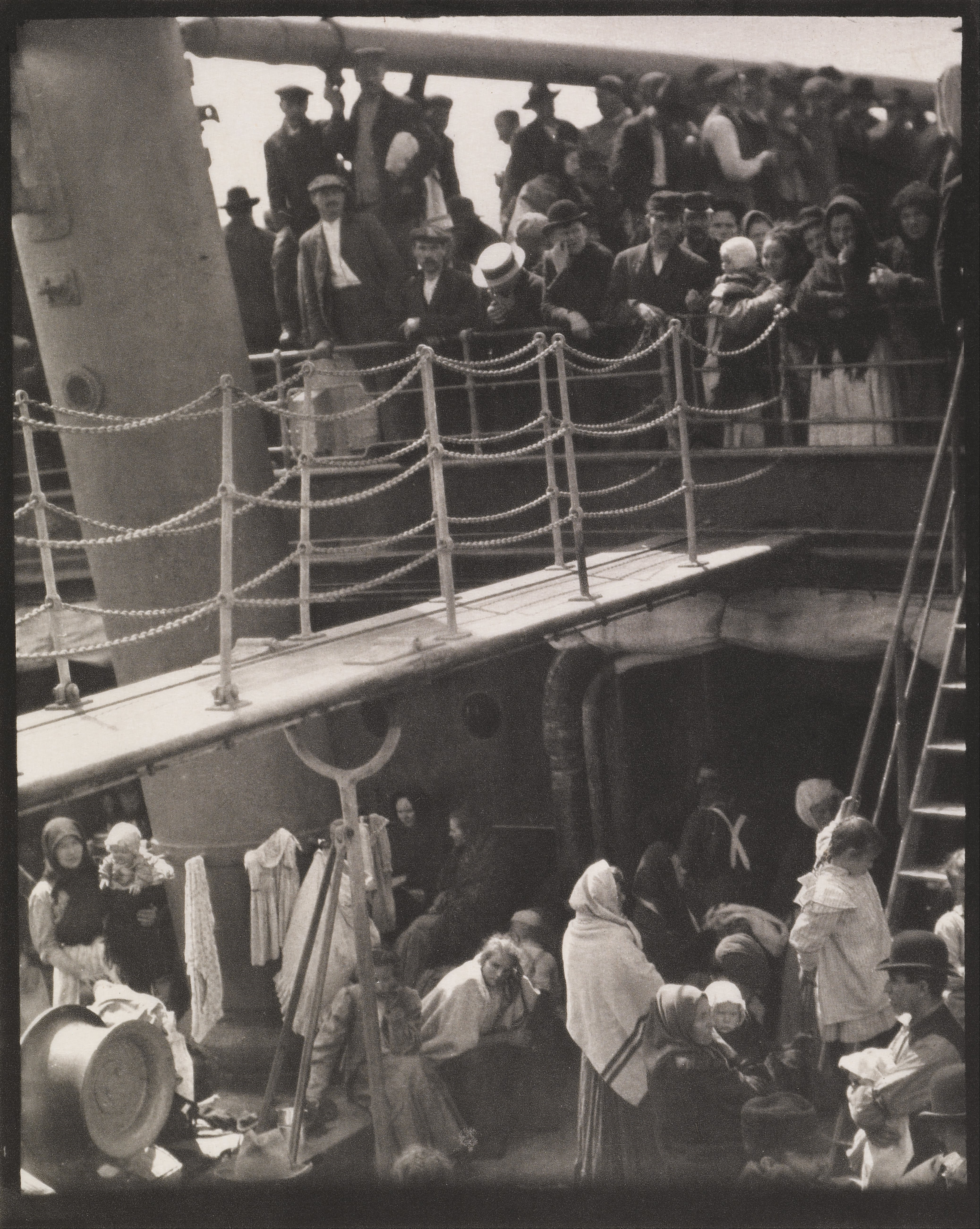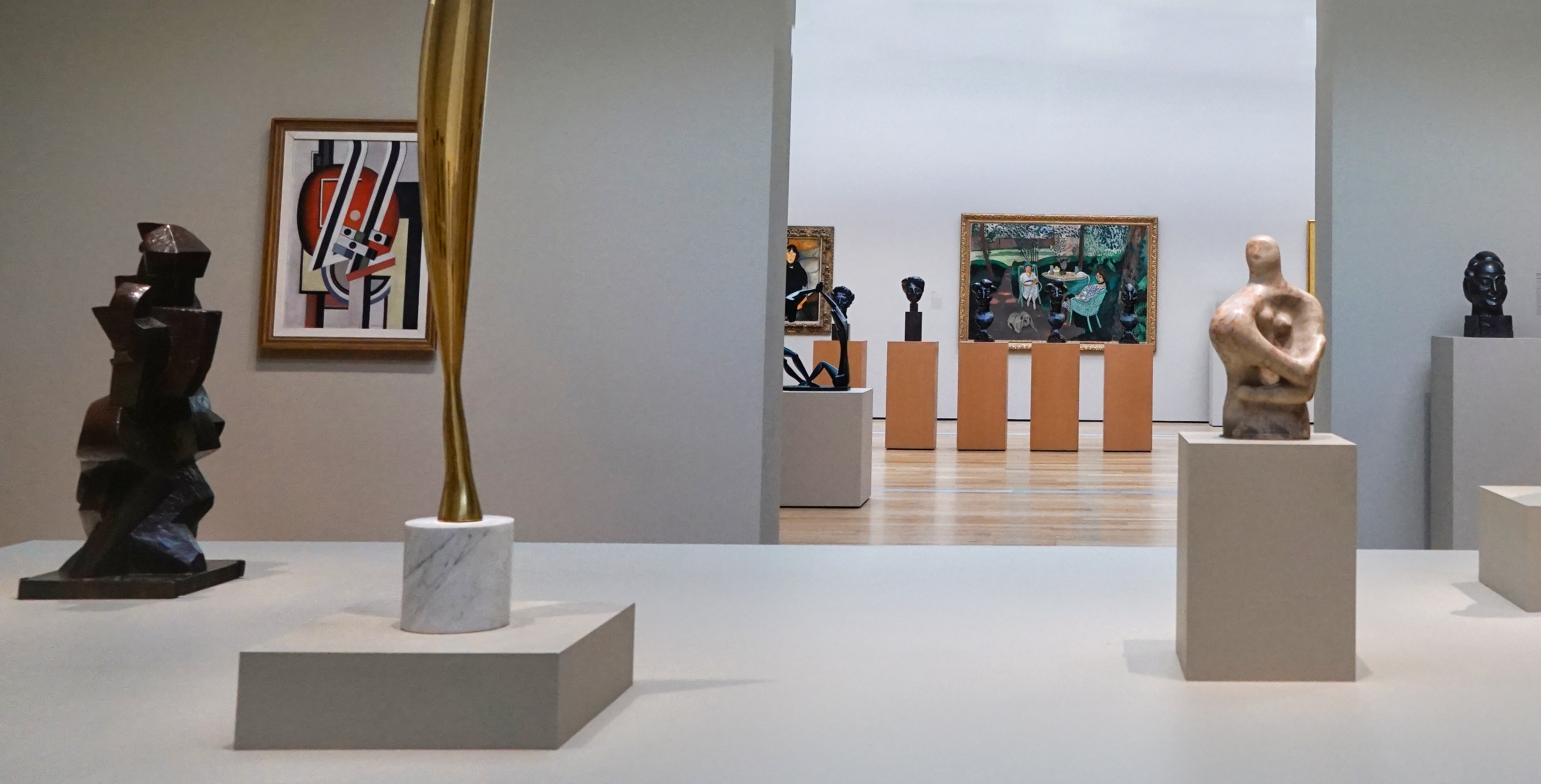|
Widline Cadet
Widline Cadet (born 1992) is a Los Angeles-based Haitian photographer. Her work deals with such subjects as diaspora, family, and Black womanhood. Early life and education Widline Cadet was born in Pétion-Ville, Haiti, in 1992. In 2002, at age 10, she immigrated to the United States, where she grew up in New York City's Washington Heights neighborhood. At a young age, Cadet was interesting in pursuing a career in animation, but she eventually turned to photography instead. In 2013, she obtained a bachelor's in studio art with a focus on photography from the City College of New York. She then graduated with a master's in fine art from Syracuse University in 2020. Career Previously working out of New York, Cadet is now based in Los Angeles. Her work deals with diaspora, displacement, family, memory, and Black womanhood. She often documents her own family and friends, as well as strangers. Notable series produced by Cadet include ''Home Bodies'', which began in 2013 and expl ... [...More Info...] [...Related Items...] OR: [Wikipedia] [Google] [Baidu] |
Pétion-Ville
Pétion-Ville (; ) is a commune and a suburb of Port-au-Prince, Haiti, in the hills east and separate from the city itself on the northern hills of the Massif de la Selle. Founded in 1831 by president Jean-Pierre Boyer, it was named after Alexandre Sabès Pétion (1770–1818), the Haitian general and president later recognized as one of the country's four founding fathers. The district is primarily a residential and touristic area. It had a population of 283,052 at the 2003 Census, which was officially estimated to have reached 376,834 in 2015. Many diplomats, foreign merchants and wealthy people who engage in business reside in Pétion-Ville. Despite the distance from the capital and the general affluence of the district, the lack of administrative enforcement has led to the formation of shantytowns on the outer edges of the district, as poor locals migrate upward and have settled there in search of job opportunities. On 28 or 29 August 2020, Haitian Lawyer Monferrier Dorval ... [...More Info...] [...Related Items...] OR: [Wikipedia] [Google] [Baidu] |
Edwidge Danticat
Edwidge Danticat (; born January 19, 1969) is a Haitian American novelist and short story writer. Her first novel, '' Breath, Eyes, Memory'', was published in 1994 and went on to become an Oprah's Book Club selection. Danticat has since written or edited several books and has been the recipient of many awards and honors. Her work has dealt with themes of national identity, mother-daughter relationships, and diasporic politics. In 2023, she was named the Wun Tsun Tam Mellon Professor of the Humanities in the department of African American and African Diaspora Studies at Columbia University. Early life Danticat was born in Port-au-Prince, Haiti. When she was two years old, her father André immigrated to New York, to be followed two years later by her mother Rose. This left Danticat and her younger brother, also named André, to be raised by her aunt and uncle. When asked in an interview about her traditions as a child, she included storytelling, church, and constantly studying sc ... [...More Info...] [...Related Items...] OR: [Wikipedia] [Google] [Baidu] |
City University Of New York Alumni
A city is a human settlement of a substantial size. The term "city" has different meanings around the world and in some places the settlement can be very small. Even where the term is limited to larger settlements, there is no universally agreed definition of the lower boundary for their size. In a narrower sense, a city can be defined as a permanent and densely populated place with administratively defined boundaries whose members work primarily on non-agricultural tasks. Cities generally have extensive systems for housing, transportation, sanitation, utilities, land use, production of goods, and communication. Their density facilitates interaction between people, government organizations, and businesses, sometimes benefiting different parties in the process, such as improving the efficiency of goods and service distribution. Historically, city dwellers have been a small proportion of humanity overall, but following two centuries of unprecedented and rapid urbanization, more ... [...More Info...] [...Related Items...] OR: [Wikipedia] [Google] [Baidu] |
People From Ouest (department)
The term "the people" refers to the public or common mass of people of a polity. As such it is a concept of human rights law, international law as well as constitutional law, particularly used for claims of popular sovereignty. In contrast, a people is any plurality of persons considered as a whole. Used in politics and law, the term "a people" refers to the collective or community of an ethnic group or nation. Concepts Legal Chapter One, Article One of the Charter of the United Nations states that "peoples" have the right to self-determination. Though the mere status as peoples and the right to self-determination, as for example in the case of Indigenous peoples (''peoples'', as in all groups of indigenous people, not merely all indigenous persons as in ''indigenous people''), does not automatically provide for independent sovereignty and therefore secession. Indeed, judge Ivor Jennings identified the inherent problems in the right of "peoples" to self-determination, as i ... [...More Info...] [...Related Items...] OR: [Wikipedia] [Google] [Baidu] |
1992 Births
Year 199 ( CXCIX) was a common year starting on Monday of the Julian calendar. At the time, it was sometimes known as year 952 '' Ab urbe condita''. The denomination 199 for this year has been used since the early medieval period, when the Anno Domini calendar era became the prevalent method in Europe for naming years. Events By place Roman Empire * Mesopotamia is partitioned into two Roman province The Roman provinces (, pl. ) were the administrative regions of Ancient Rome outside Roman Italy that were controlled by the Romans under the Roman Republic and later the Roman Empire. Each province was ruled by a Roman appointed as Roman g ...s divided by the Euphrates, Mesopotamia and Osroene. * Emperor Septimius Severus lays siege to the city-state Hatra in Central-Mesopotamia, but fails to capture the city despite breaching the walls. * Two new legions, I Parthica and III Parthica, are formed as a permanent garrison. China * Battle of Yijing: Chine ... [...More Info...] [...Related Items...] OR: [Wikipedia] [Google] [Baidu] |
Princeton University Art Museum
The Princeton University Art Museum (PUAM) is the Princeton University gallery of art, located in Princeton, New Jersey. With a collecting history that began in 1755, the museum was formally established in 1882, and now houses over 117,000 works of art ranging from antiquity to the contemporary period. The Princeton University Art Museum dedicates itself to supporting and enhancing the university's goals of teaching, research, and service in fields of art and culture, as well as to serving regional communities and visitors from around the world. Its collections concentrate on the Mediterranean region, Western Europe, Asia, the United States, and Latin America. The museum has a large collection of Greek and Roman antiquities, including ceramics, marbles, bronzes, and Roman mosaics from Princeton University's excavations in Antioch. Medieval Europe is represented by sculpture, metalwork, and stained glass. The collection of Western European paintings includes examples from the e ... [...More Info...] [...Related Items...] OR: [Wikipedia] [Google] [Baidu] |
Milwaukee Art Museum
The Milwaukee Art Museum (also referred to as MAM) is an art museum in Milwaukee, Wisconsin. Its collection of over 34,000 works of art and gallery spaces totaling 150,000 sq. ft. (13,900 m²) make it the largest art museum in the state of Wisconsin and one of the largest art museums in the United States. The Milwaukee Art Museum emerged from the reunion of two prior art institutions, the Layton Art Gallery and the Milwaukee Art Institute, both established in 1888. In 1957, they combined their collections inside the newly-completed Milwaukee County War Memorial designed by Finnish-American architect Eero Saarinen, forming the Milwaukee Arts Center (renamed Milwaukee Art Museum in 1980). Subsequent expansions included the David Kahler Building in 1975, the Quadracci Pavilion by Spanish architect Santiago Calatrava, inaugurated in 2001, and the East End entrance, opened in 2015. Among highlights of the collection are paintings by American artists of the Ashcan School, Amer ... [...More Info...] [...Related Items...] OR: [Wikipedia] [Google] [Baidu] |
Los Angeles County Museum Of Art
The Los Angeles County Museum of Art (LACMA) is an art museum located on Wilshire Boulevard in the Miracle Mile vicinity of Los Angeles. LACMA is on Museum Row, adjacent to the La Brea Tar Pits (George C. Page Museum). LACMA was founded in 1961, splitting from the Los Angeles Museum of History, Science and Art. Four years later, it moved to the Wilshire Boulevard complex designed by William Pereira. The museum's wealth and collections grew in the 1980s, and it added several buildings beginning in that decade and continuing in subsequent decades. LACMA is the largest art museum in the western United States. It attracts nearly a million visitors annually. It holds more than 150,000 works spanning the history of art from ancient times to the present. In addition to art exhibits, the museum features film and concert series. History Early years The Los Angeles County Museum of Art was established as a museum in 1961. Prior to this, LACMA was part of the Los Angeles Museum of ... [...More Info...] [...Related Items...] OR: [Wikipedia] [Google] [Baidu] |
Huis Marseille, Museum For Photography
Huis Marseille, Museum for Photography is the oldest photography museum in Amsterdam. The museum is housed in a monumental canal house at Keizersgracht 401. Since 1999, it has served as the first museum in the Netherlands fully dedicated to photography as an art form, also known as Huis Marseille. The museum offers a diverse exhibition program and stands out for the unique historical ambiance of its two seventeenth-century canal houses. Many original details have been meticulously preserved, including richly decorated ceiling paintings, elegant stucco work, marble finishes, and a distinctive Louis XIV-style room featuring a striking red interior; the building was restored and the museum extended into the adjacent building in 2007–2013. [...More Info...] [...Related Items...] OR: [Wikipedia] [Google] [Baidu] |


